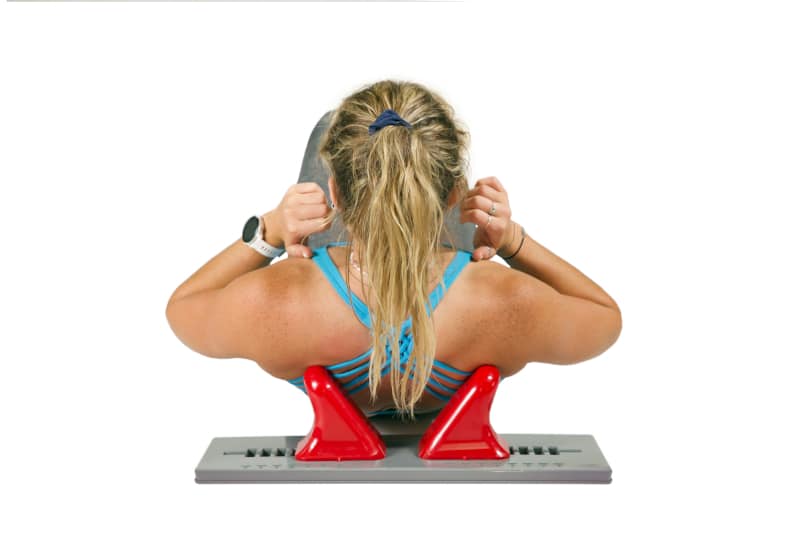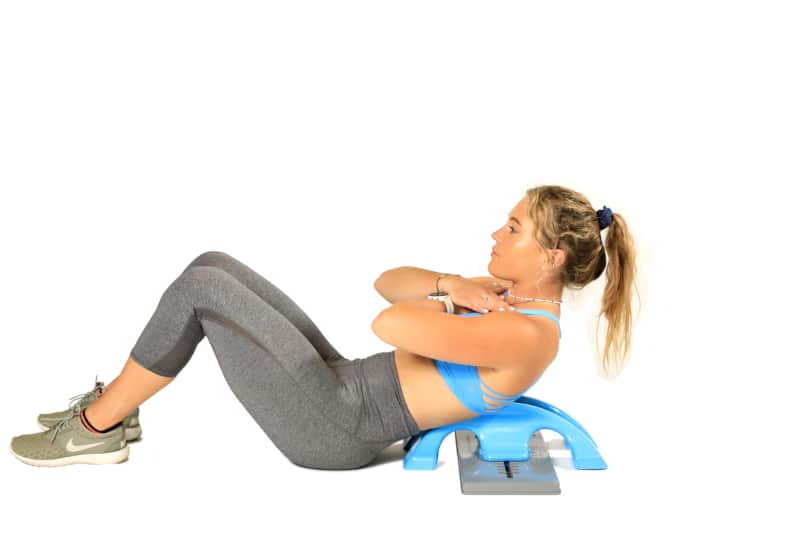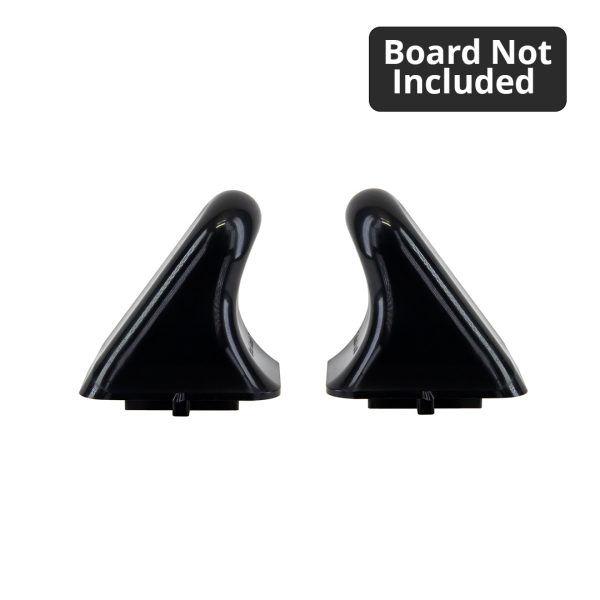Versatile
Thrival Back Techniques
Most people, including pro athletes, weekend warriors, and even those less active will suffer from back pain at some time. Thrival helps relieve and prevent back pain by treating the major muscles of the back. Check out the videos below to learn from Dr. Dan Rukeyser how you can best Thrival to keep your body in peak condition whether you are hitting it hard at the gym or your office.
One Thrival for “Every-Body” to Relieve Back Pain
Release the “QL” with Dr. Dan Rukeyser
The Quadratus Lumborum (QL) of the low back are muscles between the bottom of the ribs and the top of the pelvis on each side. The QL is almost always involved in low back pain, back spasms, and tightness. You can treat the low back with self-manual therapy at home using Thrival and these mobility exercises.
Release the Lower Back with Dr. Dan Rukeyser
The Sacral Ligaments run from the low back down into the pelvis. When these ligaments are affected by adhesion, they may cause low back pain. Often this pain is misdiagnosed as sciatica, piriformis syndrome, or sacroiliitis. You can treat these ligaments at home and relieve low back pain, SI joint pain, or what feels like piriformis syndrome and sciatica by doing these self manual therapy techniques.
Stretches to Release the Lat with Dr. Dan Rukeyser
The Latissimus Dorsi, or the Lat as we like to say, is a posterior muscle of the shoulder and an important muscle of the low back. Because of its very large size, strength, and its importance in the movement of the spine and shoulder, the Lat is a very important muscle to work with the Thrival Muscle Recovery system.
Release the Middle Lat with Dr. Dan Rukeyser
The Lat is one of the primary muscles that hold the shoulder girdle to the axial spine. Basically, it’s responsible for keeping the shoulder and arm attached to the body. Quite important, to say the least. It shouldn’t be hard to release your middle lat. Let us show you how to do it the right way!
Release the Psoas with Dr. Dan Rukeyser
The psoas is a powerful hip flexor. Adhesion or tightness in the psoas can limit hip extension and be a major cause of low back pain. Self manual therapy of the psoas can be effective with the right tool. Unfortunately using a foam roller on the psoas is impossible and trying to use kettlebells or any other psoas device is ineffective.
Back Pain and the Psoas Muscle
The psoas muscle is a large, powerful muscle that runs from the lower spine to the upper thigh. This muscle is used for walking, running, and other forms of movement. Because of its position and function, the psoas muscle can often become tight and strained. This can lead to back pain, as well as other problems such as hip pain and Sciatica.
Fortunately, there are several things that can be done to stretch and relieve tension in the psoas muscle. Simple exercises such as Yoga or Pilates can help to lengthen and stretch the muscle but it is often necessary to do far more than exercise. In addition, regular massages can be beneficial. But finding the time and making the financial investment for regular massages is not something the average person can do. This is where Thrival Muscle Recovery can be your back pain relief hero!
The way your Thrival system can be used to stretch and relieve tension in your psoas muscle is unmatched. Don’t just take our word for it. Learn how world-class athletes like US Olympian River Radamus and UFC fighter Erin Blanchfield have taken their game to the next level with Thrival.









